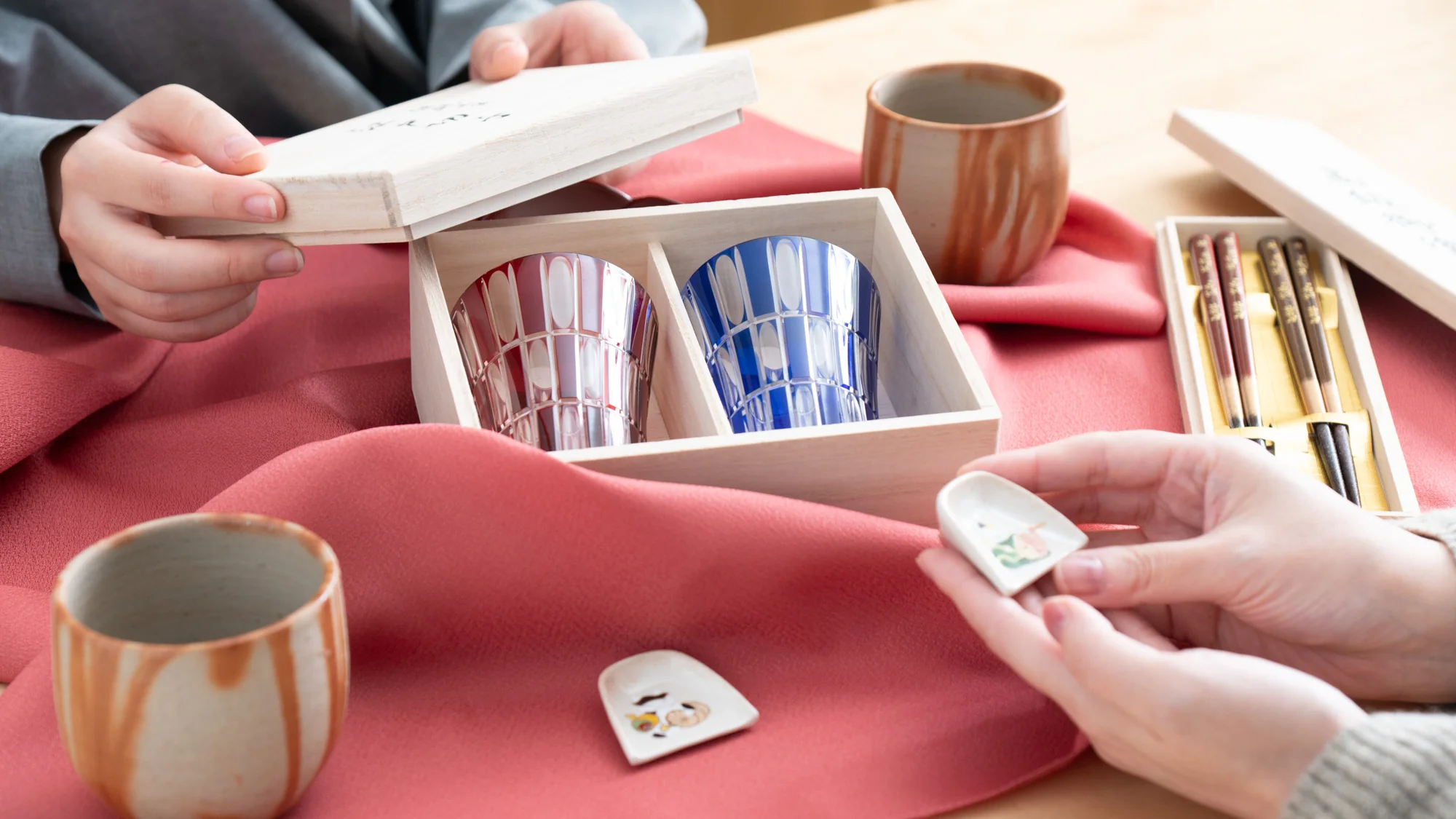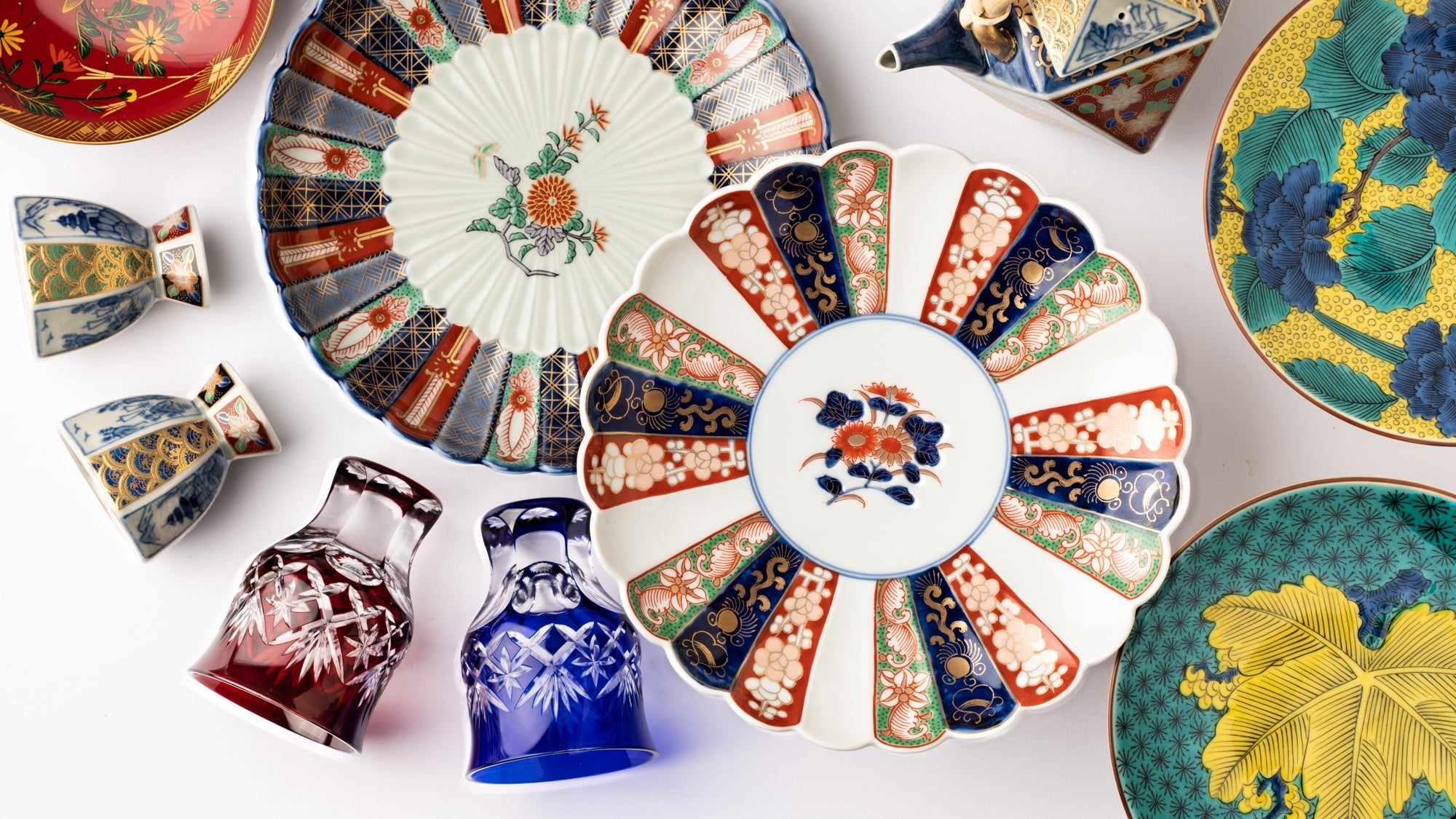9 February 2024
From Daikon Delight to Gobo Glam: Celebrating Japan's Beloved Veggies


From the rejuvenating spring to the cozy winter, Japan's fields are a vibrant canvas of vegetables, mirroring its agricultural richness. On a Japanese dining table, alongside global staples like carrots and cabbage, you'll find an array of local vegetables, unique and cherished in Japan, yet perhaps novel to the rest of the world.
Dive into the world of Japanese vegetables, and discover how they enrich Japanese cuisine not only through their flavors and colors but also with their nutritional benefits. It's truly wonderful to observe how these everyday veggies inspire beloved dishes and infuse dining experiences with the essence of each season. This journey through a select few promises to be an exploration of taste and tradition.
Contents
- Daikon
- Renkon
- Shungiku
- Gobo
- Soramame
Daikon

Daikon, a true savior for a Japanese kitchen, is not only a delight to your taste buds but also kind to your wallet. True to its name, daikon literally translates to "big root." Though available all year round, it's at its best during winter.
The section closest to the leaves is sweeter, making it ideal for salads or any dish where you'd enjoy it raw, while the end near the tip packs a stronger punch, making it perfect for zesty condiments or pickles. The middle? That's your go-to for heartwarming cooked dishes like oden or simmered daikon.

Daikon is rich in digestive enzymes. Diastase, for instance, is a daikon superpower that keeps your stomach happy, easing digestion. It's an ace accompaniment for richer foods like grilled fish or tempura. Daikon is not just delicious; it's smart eating!
Renkon

Renkon, the lotus root is known for its signature holes and crunchy texture. These holes serve as air vents, allowing the renkon to breathe as they grow in the muddy bottoms of ponds where there is not much oxygen.
And those holes? They are what make renkon a food of fortune. In Japanese culture, it's believed that looking through these holes is like seeing into the future.

If you've ever tried renkon, you'll know its charm lies in its satisfying crunch. The remarkable quality of renkon is that no matter how you cook it, it never loses its unique texture.
A recommended easy recipe is to cut them in thin slices, coat with flour and brown them in some oil. Plate the cooked renkon on a plate and then season with some salt and aonori. You've made a crunchy and satisfying dish that is hard to resist.
Shungiku

Shungiku, a leafy wonder, adds a touch of bitter yet refreshing zest, particularly shining in sukiyaki or other hot pot dishes. Shungiku beautifully translates to "spring chrysanthemums" in English. They bloom with cheerful yellow flowers and have leaves that remind you of chrysanthemums, hence the name. Originating from the sunny Mediterranean shores, these greens are a big hit in Asia, especially as a go-to winter veggie for hot pot dishes.

Packed with beta-carotene, these greens brim with vitamins and minerals. And their unique scent makes them a tummy-tamer, keeping your digestive system happy. That's probably why shungiku is a superstar in flavorful dishes like sukiyaki. It's a perfect partner to beef, enhancing the dish's heartiness.
Gobo

Meet gobo, the burdock root that's all about rustic charm and a snappy bite. A veggie packed with fiber and full of earthy taste, gobo is unique in that its flavor and aroma are mostly in its skin. Unlike renkon or daikon, it offers a robustness that's quite distinct. The trick to savoring its full potential? Don't peel it! Just give it a good scrub to remove the dirt, and maybe scrape the surface lightly with the back side of your knife. That way, you preserve all the goodness right where it matters.

In Japan, one of the most popular ways to eat gobo is in a dish called kinpira. It's a staple in many Japanese homes, and the name kinpira comes from a character in traditional puppet theater, Sakata Kinpira, who was known for his incredible strength.
Eating kinpira made of gobo during the New Year is also thought to bring good health and ward off illness. So, not only is it delicious, but it's also considered lucky!
Soramame

And finally, soramame, translating to "sky beans" in English, the humble broad beans that need nothing more than a boil and a sprinkle of salt to shine. With their adorable storybook appearance, they are a comforting sight for the eyes. They get their name from their skyward growth, and it's fascinating how they gently droop when ripe. These beans hit their prime around May, but you'll find them in stores even earlier, signaling spring's cheerful arrival with their lush green hue.

The most favored way to prepare them is simply by boiling. They boast a lovely aroma and an almost creamy texture. Just give them a quick 2 to 3 minute boil and they're ready to be relished as they are. If you're feeling adventurous, try them in tempura for an extra springy touch. Grilling them in their pods is another fabulous option, letting you savor their deep, nutty flavor.

Japan's vegetable roster is a playground of tastes and textures, inviting you to explore and experiment. This journey through these daily favorites is just the beginning. There's a whole world of Japanese greens, roots, and beans waiting to be discovered and savored. Keep your culinary curiosity alive, and adventure on for more that lie ahead in our kitchen!















































































































































































































